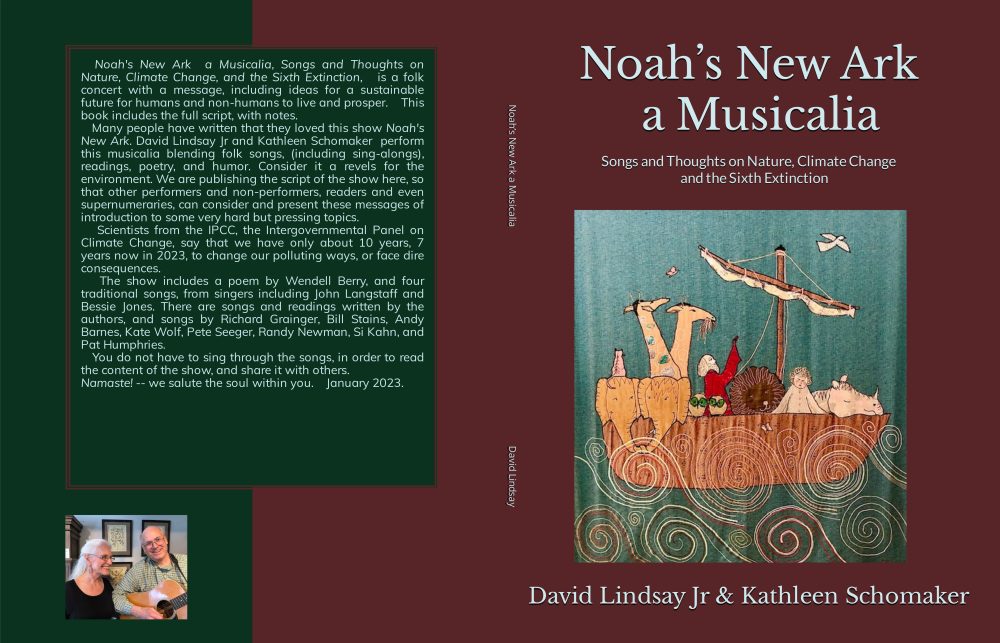Opinion Writer
” “We’re naming summer ‘Danger Season’ in the U.S.,” wrote Kristy Dahl, the principal climate scientist for the Union of Concerned Scientists, in early June. A couple of days later, at Axios, the climate reporter Andrew Freedman echoed that warning: “America is staring down a summer of disasters.”
The season is now only half over, and the worst months for California fires, which typically provide the most harrowing images of the summer, still lie ahead. But the calendar has already been stuffed with climate disruption, so much so that one disaster often seemed layered over the last, with newspaper front pages almost identical across the Northern Hemisphere. In July, Carbon Brief’s Simon Evans began compiling them on Twitter, running out of steam when he got past 100. Climate segments of newscasts cut quickly from one part of the world to another, telling almost identical stories, day after day.
And yet the mood of those newscasts — in which warming is shown clearly to be blanketing the world, country by country — has mixed horror with a reluctant acceptance. Climate change is here, you think, your mind perhaps drifting past what can be done to limit future warming and toward what can be done to manage living in that future. The disruptions are large already, and arriving as prophesied — indeed, often earlier than predicted. They’ve also been normalized enough that, alongside the shock, they raise practical questions.
The term for this is “adaptation,” and the wallpaper texture of the climate news cycle this summer — with once-horrifying impacts now seeming commonplace — suggests that efforts to acclimate to new realities are following quite quickly on the footsteps of alarm.”
“Adaptation isn’t a cure all,” even for people. And let’s not forget, it does nothing for the millions of other species we are taking down with us.
I’m an anthropologist and I’ve been studying this for 50 years. We’ve already disrupted the biosphere’s ability to continue supporting human life, we just haven’t seen the full effects yet. Because of the speed with which we’ve included CO2 in the atmosphere many species will not be able to cope with the resulting outcomes. The last mass extinction took 60,000 years to develop. We’ve made our increases in the last 200 years and more so since 1950. Few things can adapt evolutionarily to that dramatic increase and speed of a change. The jet stream is already meandering. when the jet stream goes chaotic there won’t be a planting season hence no agriculture but there won’t be any seasons at all hence millions of species will be going extinct. Children always come with a death sentence but now a newborn faces extinction as a future. The only moral choice is to not have children. Besides that’s the best thing an individual can do to reduce one’s impact on the environment. I continue to be amazed that no media is suggesting that anyone stop having children but there will come a time in the not too distant future when the realization that we have no future will be more commonplace.
The carbon cycle for the last 2 million years was doing 180-280ppm atmospheric CO2 over 10,000 years and we’ve done more change than that in 100 years. The last time CO2 went from 180-280ppm global temperature increased by around 4 degrees C and sea level rose 130 meters. (graph of the last 400,000 years of global temperature, CO2 and sea level http://www.ces.fau.edu/nasa/images/impacts/slr-co2-temp-400000yrs.jpg ) One amplifying feedback alone out of dozens, loss of albedo or heat reflectivity from Arctic summer sea ice melt, over the last several decades has been equivalent to 25 percent of the climate forcing of anthropogenic CO2. And that will continue to increase as that ice disappears by mid century. The Titanic sank because by the time the lookout called the warning the ship had too much momentum to turn. The Earth has a lot more momentum, e.g. we’ve already likely locked in at least 6 meters of sea level rise from the Greenland and West Antarctic ice sheets and decade to decade warming in the near term is also virtually locked in. That momentum is building and the higher we let global temperatures rise the greater the risk of them going really high as amplifying feedbacks strengthen.

